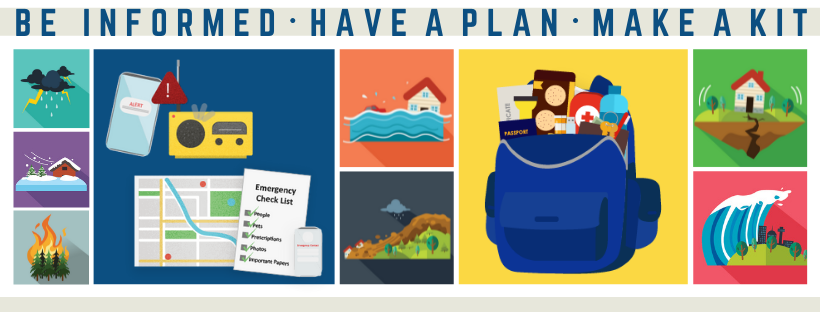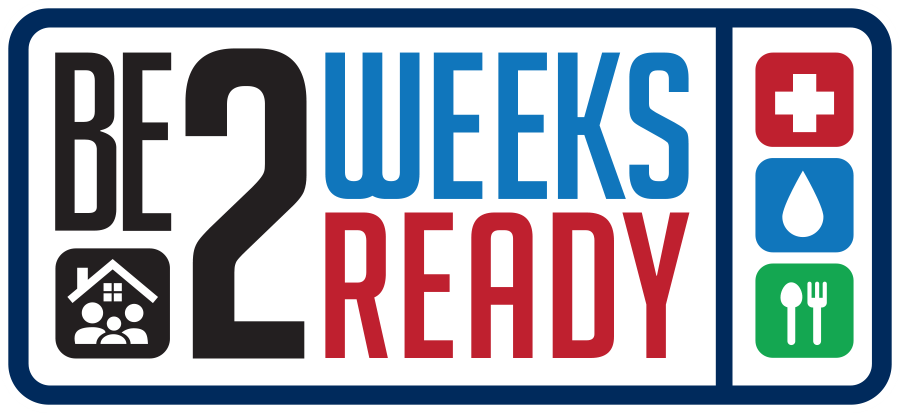
People in Oregon continue to feel the impacts of a changing climate, through larger wildfires, hotter days, intense storms and worsening drought conditions. These recurring events, coupled with the ever-present threat of a 9.0+ magnitude Cascadia Subduction Zone earthquake and a resulting tsunami, emphasize the urgent need for everyone in the state to be prepared.
A disaster can happen anywhere at any time.
Once a disaster occurs, it could take days or even weeks for first responders to reach everyone impacted. Oregonians need to be empowered to be as prepared as possible in an emergency.
 OEM urges every Oregonian to Be 2 Weeks Ready.
OEM urges every Oregonian to Be 2 Weeks Ready.
Being
2 Weeks Ready means
staying informed and
aware of risks. Have an emergency plan and enough food, water and supplies to survive for at least two weeks following any large-scale disaster. For every person that is prepared, that's one less person first responders need to assist, allowing them to better prioritize and attend to life-threatening situations.
Being ready for emergencies doesn't have to be expensive or happen all at once.
We know it can feel overwhelming to prepare for disasters, but it's about doing what you can, where you are, with what you have, to keep yourself and your loved ones safe. There are many effective low-cost and no-cost actions you can take to be 2 Weeks Ready;
learn more at FEMA's Ready website.
Preparedness means...
Being Informed
- Learn about the hazards in your area.
- To receive emergency alerts in your area, sign up or update your information with
OR-Alert.
- Make sure your cell phone has Wireless Emergency Alerts enabled.
- Know evacuation routes in your area.
- Follow official sources and emergency response agency accounts on social media to stay current during quickly changing emergencies.
- Visit your
county or tribe emergency management website for more information.
Having an Emergency Plan
Making an Emergency Kit
- Being prepared means being equipped with at least two weeks' worth of food, water and critical supplies. Learn how to assemble an emergency supply kit at Ready.gov or American Red Cross.
- Prepare a pet evacuation kit in a tote bag or pet crate.
- Keep your supplies in an easy-to-carry backpack, bucket or bag that you can use at home or take with you in an emergency.
- Everyone's kit will look different. There is no one correct way to put together two weeks' worth of supplies since everyone has individual needs.